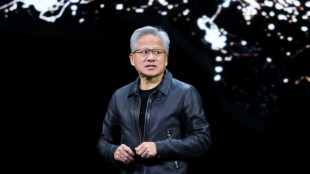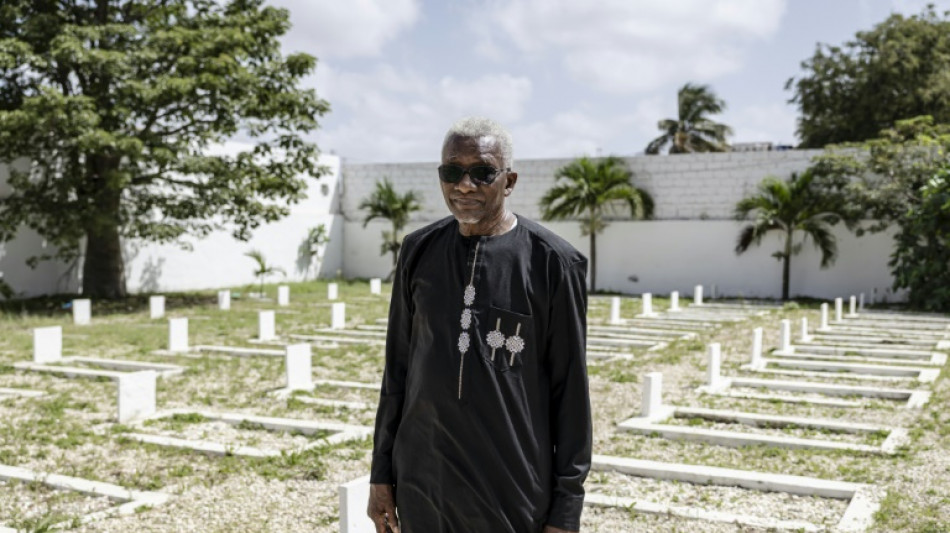
-
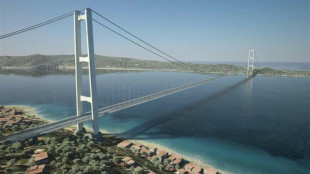 Italy court stalls Sicily bridge, triggers PM fury
Italy court stalls Sicily bridge, triggers PM fury
-
Marseille midfielder Nadir stable after on-pitch collapse
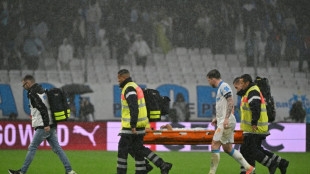
-
 Saudis turned down Messi stint ahead of 2026 World Cup, says official
Saudis turned down Messi stint ahead of 2026 World Cup, says official
-
Novo Nordisk launches bidding war with Pfizer for obesity drugmaker Metsera

-
 Universal says struck first licensing deal for AI music
Universal says struck first licensing deal for AI music
-
France arrests five new suspects over Louvre heist: prosecutor
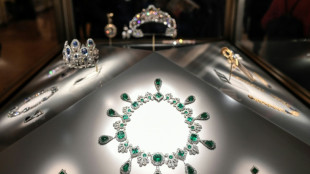
-
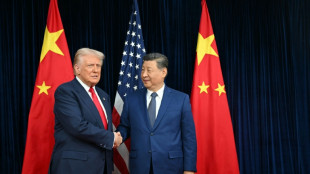 Stocks fall as investors eye Trump-Xi talks, earnings
Stocks fall as investors eye Trump-Xi talks, earnings
-
Record Vietnam floods kill 10, turn streets into canals
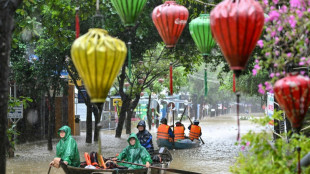
-
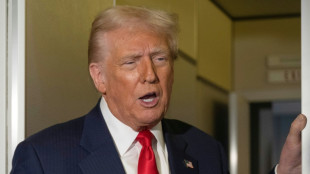 Trump orders US to start nuclear weapons testing
Trump orders US to start nuclear weapons testing
-
'Significant' Xi, Trump talks win cautious optimism in China
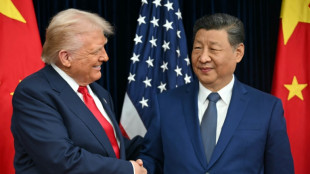
-
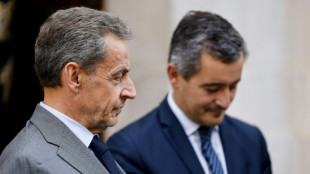 French justice minister visits jailed former president Sarkozy
French justice minister visits jailed former president Sarkozy
-
Eurozone growth beats expectations in third quarter

-
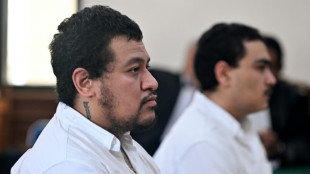 Bali trial begins for 3 accused of Australian's murder
Bali trial begins for 3 accused of Australian's murder
-
Dutch election a photo finish between far-right, centrists

-
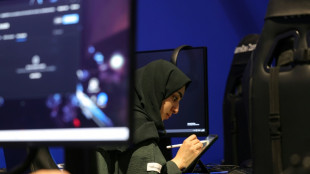 IOC removes Saudi Arabia as host of inaugural Esports Olympics
IOC removes Saudi Arabia as host of inaugural Esports Olympics
-
Russia batters Ukraine energy sites, killing two
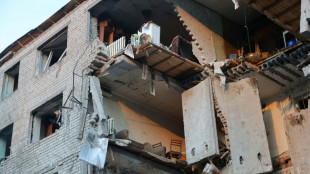
-
 Shell's net profit jumps despite lower oil prices
Shell's net profit jumps despite lower oil prices
-
Pakistani security source says Afghanistan talks 'likely' to resume
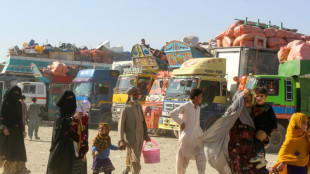
-
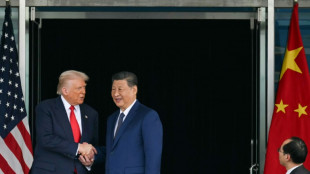 Fentanyl, beans and Ukraine: takeaways from Trump-Xi's 'great meeting'
Fentanyl, beans and Ukraine: takeaways from Trump-Xi's 'great meeting'
-
Asia markets fluctuate as investors examine Trump-Xi talks
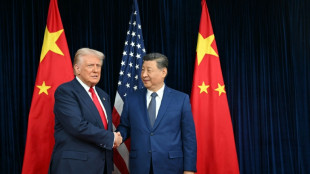
-
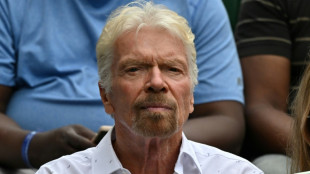 Branson's Virgin moves closer to launching Eurostar rival
Branson's Virgin moves closer to launching Eurostar rival
-
Russia hits Ukraine energy sites, killing one, wounding children
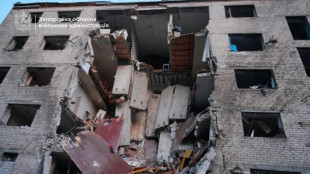
-
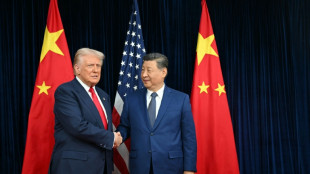 Asia markets fluctuate as investors mull Trump-Xi talks
Asia markets fluctuate as investors mull Trump-Xi talks
-
Trump, Xi ease fight on tariffs, rare earths
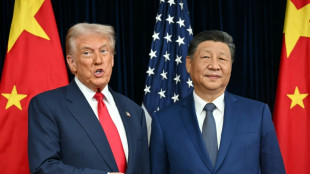
-
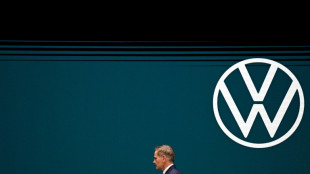 Volkswagen posts 1-billion-euro loss on tariffs, Porsche woes
Volkswagen posts 1-billion-euro loss on tariffs, Porsche woes
-
'Fight fire with fire': California mulls skewing electoral map
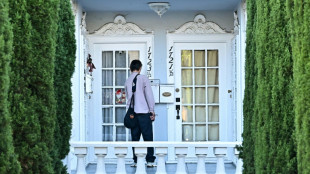
-
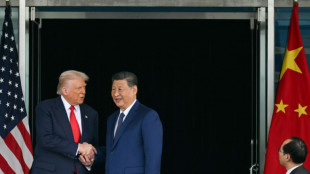 Fentanyl, beans and Ukraine: Trump hails 'success' in talks with Xi
Fentanyl, beans and Ukraine: Trump hails 'success' in talks with Xi
-
'Nowhere to sleep': Melissa upends life for Jamaicans
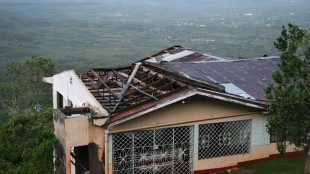
-
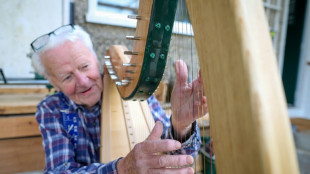 Irish octogenarian enjoys new lease on life making harps
Irish octogenarian enjoys new lease on life making harps
-
Tanzania blackout after election chaos, deaths feared
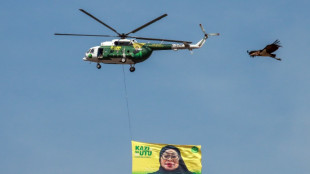
-
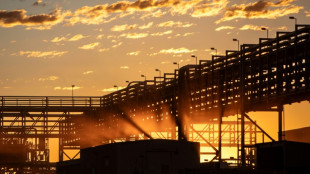 G7 meets on countering China's critical mineral dominance
G7 meets on countering China's critical mineral dominance
-
Trump hails tariff, rare earth deal with Xi
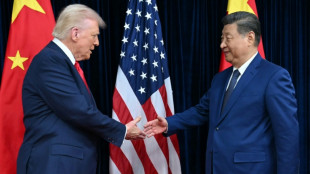
-
 Court rules against K-pop group NewJeans in label dispute
Court rules against K-pop group NewJeans in label dispute
-
India's Iyer says 'getting better by the day' after lacerated spleen
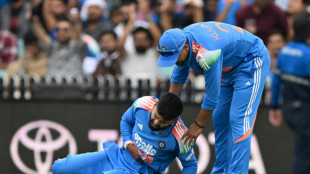
-
 Yesavage fairytale carries Blue Jays to World Series brink
Yesavage fairytale carries Blue Jays to World Series brink
-
Bank of Japan keeps interest rates unchanged
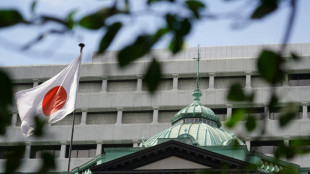
-
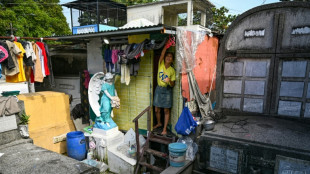 Impoverished Filipinos forge a life among the tombstones
Impoverished Filipinos forge a life among the tombstones
-
Jokic posts fourth straight triple-double as Nuggets rout Pelicans

-
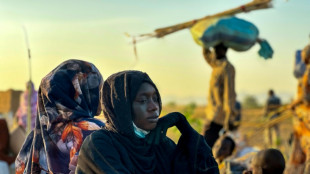 UN calls for end to Sudan siege after mass hospital killings
UN calls for end to Sudan siege after mass hospital killings
-
Teenage Australian cricketer dies after being hit by ball
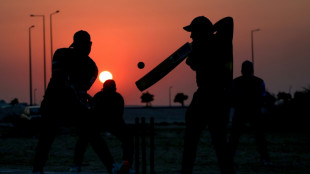
-
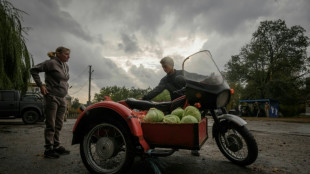 As Russia advances on Kupiansk, Ukrainians fear second occupation
As Russia advances on Kupiansk, Ukrainians fear second occupation
-
Trade truce in balance as Trump meets 'tough negotiator' Xi
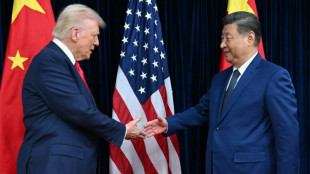
-
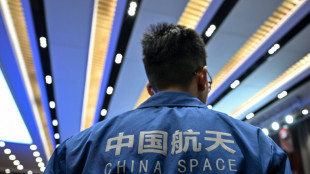 China to send youngest astronaut, mice on space mission this week
China to send youngest astronaut, mice on space mission this week
-
Yesavage gem carries Blue Jays to brink of World Series as Dodgers downed

-
 With inflation under control, ECB to hold rates steady again
With inflation under control, ECB to hold rates steady again
-
Asia stocks muted with all eyes on Trump-Xi meeting
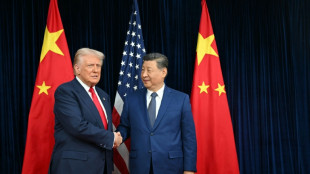
-
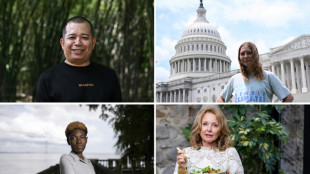 Personal tipping points: Four people share their climate journeys
Personal tipping points: Four people share their climate journeys
-
Moto3 rider Dettwiler 'no longer critical' after crash: family

-
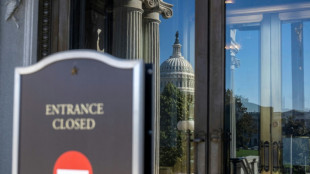 US economy in the dark as government shutdown cuts off crucial data
US economy in the dark as government shutdown cuts off crucial data
-
Trump orders nuclear testing resumption ahead of Xi talks
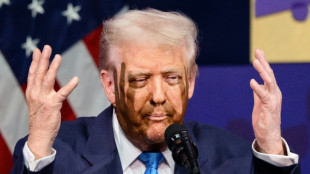

Archaeologists unearth clues on French colonial massacre in Senegal cemetery
Holes in the ground, clods of earth next to headstones, dislocated concrete outlines: the Thiaroye military cemetery near Dakar bears the marks of recent excavations meant to unearth the truth behind a WWII-era massacre by French colonial forces.
In November 1944 around 1,600 soldiers from several west African countries were sent to the Thiaroye camp after being captured by Germany while fighting for France.
Discontent soon mounted over unpaid back pay and unmet demands that they be treated on a par with white soldiers.
On December 1, French forces opened fire on them.
The circumstances surrounding the massacre, the number of riflemen killed and their place of burial all remain unclear.
An AFP team recently visited the camp's cemetery, where archaeologists are conducting landmark excavations to find and examine the remains of those interred there.
Rows of 202 graves, marked with white headstones and cement demarcations, are covered with shells.
It is not known who exactly is in all the graves, or if there are even bodies at each marker. The researchers have so far only been able to excavate a very small percentage of them.
The cemetery was created in 1926 by colonial France to bury African soldiers. Some researchers believe that riflemen killed in the Thiaroye massacre were buried there.
Unearthed burial containers, since covered in blue plastic, bear testament to the archaeologists' work.
Senegal alleges it was difficult to access the French colonial archives to study the massacre in full.
This is why Colonel Saliou Ngom, the director of the Senegalese army's archives and historical heritage, believes it was necessary to "make the underground" speak.
The archaeologists have so far carried out their initial excavations under one of two large baobabs, enormous trees that can indicate the site of buried bodies.
The baobab is "a calcareous tree, that is one that likes limestone", history and geography professor Mamadou Kone, technical adviser to the Armed Forces Museum, told AFP.
"Where there are bones, there are often baobabs", he said.
- Clues on violence -
The researchers submitted an official report on October 16 to Senegalese President Bassirou Diomaye Faye describing the massacre as "premeditated" and covered up, with a death toll that had been grossly underestimated.
The French colonial authorities at the time of the massacre said up to 70 World War II riflemen were killed.
But the researchers said the most credible estimates put the figure closer to 300 to 400, with some of the men buried in the Thiaroye cemetery.
One of the archaeologists who led the dig, Moustapha Sall, explained that seven graves were excavated out of a first group of 34.
"Archaeologists found seven skeletons. This is a very important step in the search for historical truth," Colonel Ngom said.
According to Sall, "one skeleton contains a bullet in its left side in the location of the heart."
"Others lack a spine, ribs or skull. Some individuals are buried with iron chains on their shins," he added.
"This means they suffered violence."
The graves where the bodies are located are more recent than the remains themselves, Sall added.
"One hypothesis is that the graves were made after the (initial) burials or that it was staged to make is appear they had been properly buried," Sall said.
- Genetic, ballistic studies -
The next key step, Sall explained, will be taking DNA samples to help determine the individuals' origins.
"The preliminary results do not allow us to answer all the questions," he said.
Ballistics experts will additionally provide information on the military equipment, he added.
Meanwhile the Senegalese government has ordered ground-penetrating radar (GPR) to better explore the depths of the cemetery's subsoil.
"We have been searching for the historical truth for 81 years", Colonel Ngom said. "If the subsoil provides us with (this truth) there is nothing more significant".
President Faye, who has committed to preserving the soldiers' memory, has announced he has approved "the continuation of archaeological excavations at all sites likely to contain mass graves".
In November 2024, as the atrocity's 80th anniversary approached, French President Emmanuel Macron acknowledged that French colonial forces had committed a "massacre" in Thiaroye.
O.Salim--SF-PST


